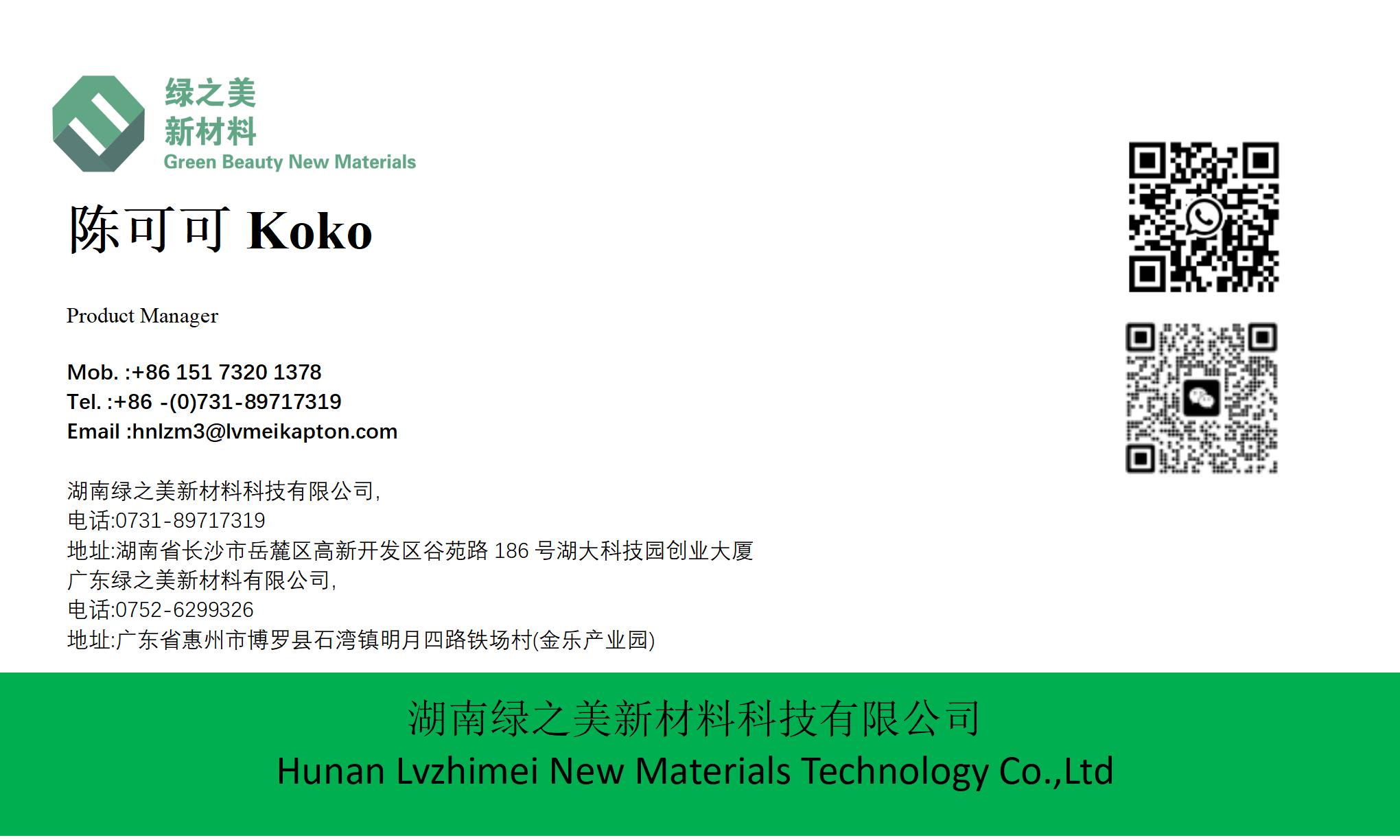



Which PI Tape Properties Are Most Critical for UL & ROHS Compliance? | https://www.lvmeikapton.com
Introduction Navigating UL and ROHS requirements demands a deep understanding of PI tape’s material properties. This article identifies and analyzes the critical attributes that determine compliance success.
Core Properties for Compliance 1. Thermal Resistance (UL 746B, ROHS Synergy)
● UL requires PI tapes to maintain integrity under prolonged heat exposure.
● ROHS benefits: High-temperature stability enables processing in Pb-free soldering (peak 260°C), preventing tape degradation that could release contaminants.
Chemical Purity (ROHS 2011/65/EU)
● PI films must be free from regulated elements like Pb, Cd, and Cr6+.
● Detection Methods: X-ray fluorescence (XRF) screening for heavy metals; gas chromatography-mass spectrometry (GC-MS) for phthalates.
Flame Retardancy (UL 94)
● UL V-0/V-1 ratings mandate self-extinguishing behavior.
● ROHS Implication: Halogen-free FR systems (e.g., phosphorus-based additives) avoid banned substances while meeting fire safety.
Electrical Insulation (UL 510, ROHS-Neutral)
● Dielectric strength >1500 V/mil is typical for electronics.
● While not directly ROHS-related, insulation failure risks equipment recalls, indirectly impacting compliance costs.
Decision-Making Matrix for Engineers
Property | UL Requirement | ROHS Impact | Design Tradeoffs |
Thermal Stability | 200°C+ | High | Balance temperature vs. cost |
Chemical Purity | N/A | Critical | Source ROHS-certified polymers |
Flame Retardancy | V-0 Preferred | Moderate | Avoid halogens |
Adhesive Strength | N/A | Low | Ensure bond durability |
Case Study: Solar Inverter Protection PI tape used in inverters must:
● Meet UL 94 V-0 for fire safety in outdoor installations.
● Pass ROHS to avoid environmental penalties in EU markets.
● Withstand thermal cycling (-40°C to 85°C) per UL 746B.
Conclusion Success in UL and ROHS compliance hinges on optimizing PI tape’s thermal, chemical, and flame properties. Future trends will favor tapes with integrated sensors (e.g., temperature monitoring) that simultaneously meet safety and eco-regulations. Manufacturers should invest in multi-property testing protocols to streamline certifications. https://www.lvmeikapton.com





